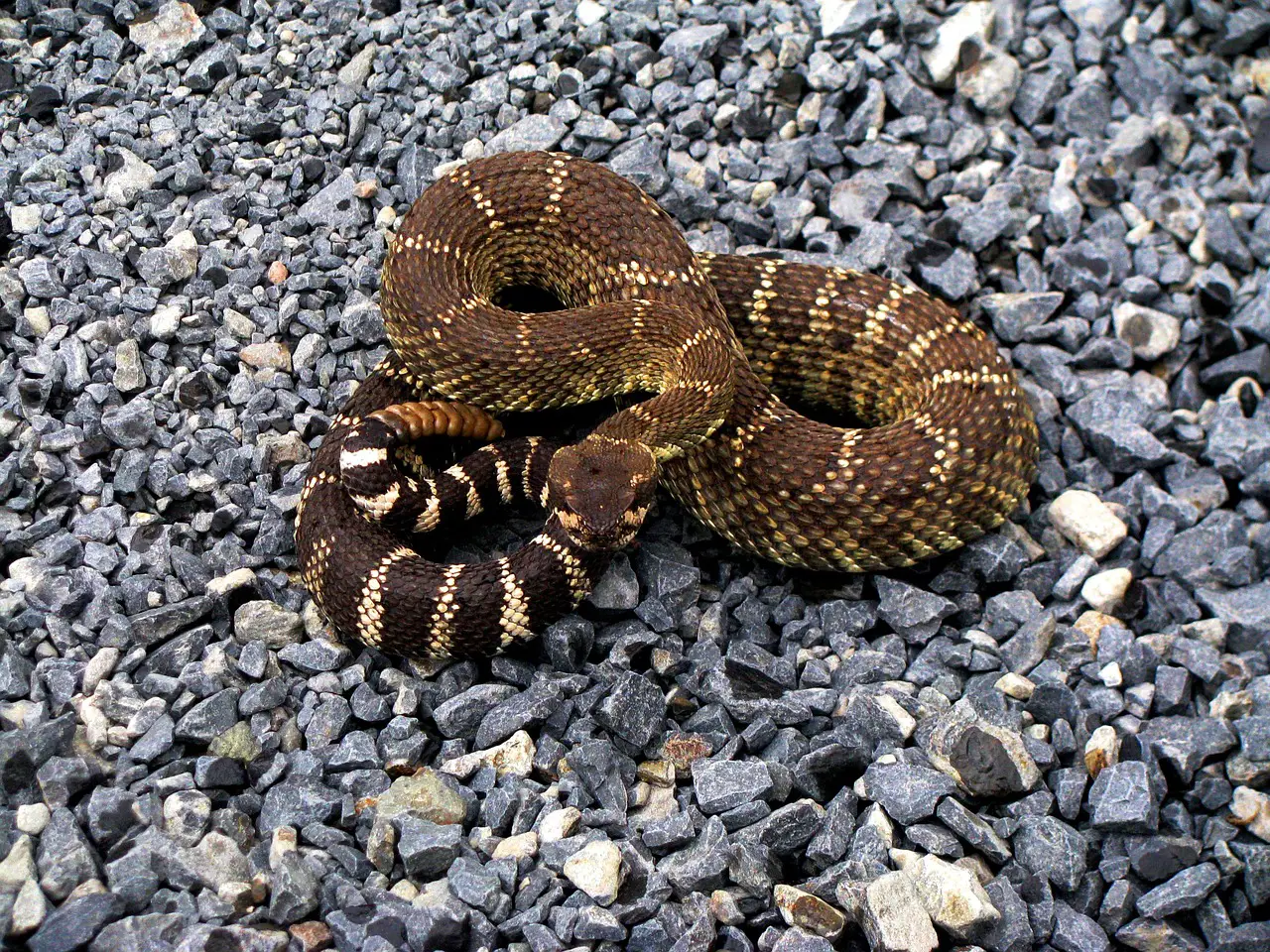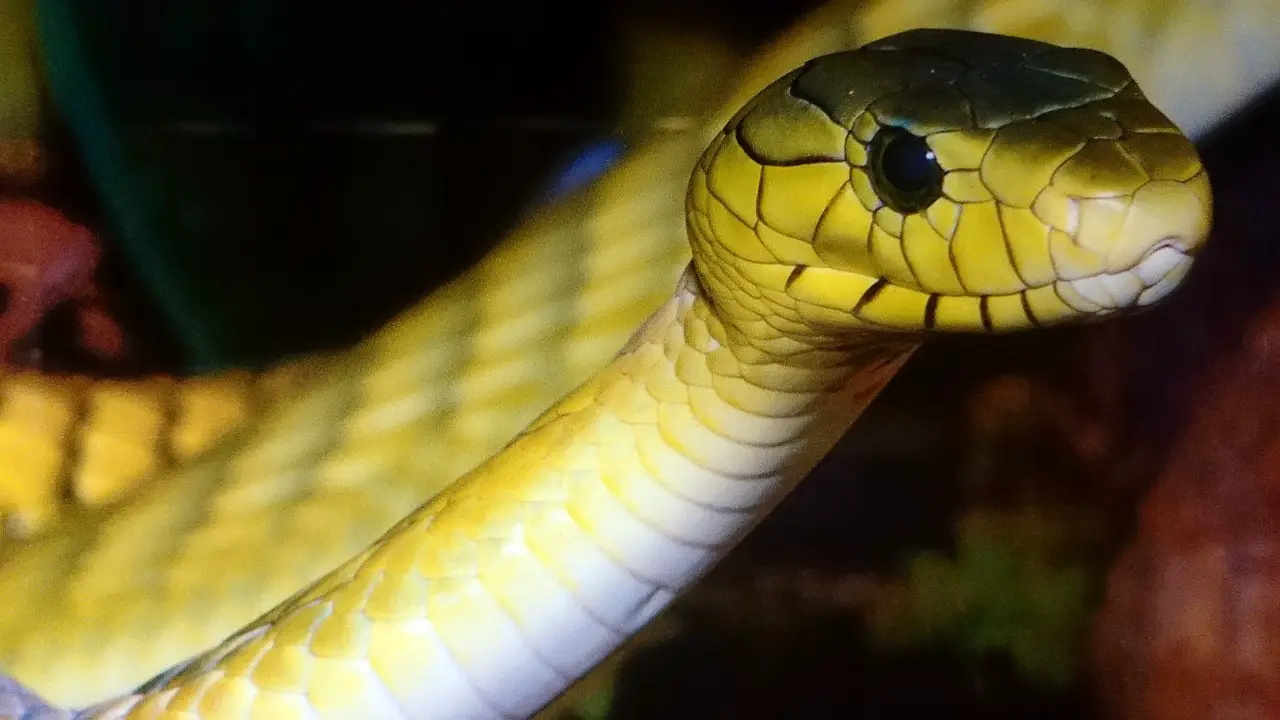How Do Snakes Reproduce? Snakes, with their slithering movements and unique anatomy, have long captivated our curiosity. One aspect that intrigues many is how these mesmerizing creatures reproduce. In this article, we will delve into the fascinating world of snake reproduction, exploring the diverse reproductive strategies and behaviors displayed by different snake species.
You may also want to know if snakes pee.
How Do Snakes Reproduce?: An Overview
Snakes, like other reptiles, are cold-blooded animals and exhibit sexual reproduction. Unlike mammals, snakes do not possess external reproductive organs. Instead, their reproductive structures are located internally. Understanding snake reproduction requires delving into their mating behavior, copulation, egg development, and the unique reproductive strategies they employ.

Sexual Reproduction in Snakes
A. Mating Behavior
Snakes employ various mating behaviors to attract potential mates. These behaviors often involve intricate displays of strength, agility, and visual cues. Male snakes may engage in combat rituals to compete for the attention of females, showcasing their dominance and prowess.
B. Copulation and Sperm Storage
Once a male snake successfully courts a female, copulation takes place. Snakes have a unique reproductive organ called the hemipenis, which allows them to transfer sperm to the female. Interestingly, female snakes can store sperm from multiple mates for an extended period, enabling them to fertilize eggs over an extended timeframe.
C. Gestation Period
Unlike mammals, where internal gestation occurs, snakes have varying gestation periods depending on the species. Some snake species have relatively short gestation periods, while others can carry their developing embryos for several months.

Oviparous and Viviparous Snakes
A. Oviparous Snakes
Oviparous snakes are those that lay eggs to reproduce. After fertilization, the female snake develops eggs within her body. Once the eggs are fully formed, she deposits them in a suitable location, such as underground burrows or warm, protected areas. These eggs are then left to develop and hatch outside the mother’s body.
B. Viviparous Snakes
In contrast to oviparous snakes, viviparous snakes give birth to live young. The embryos develop within the female’s body, where they receive nourishment from a placenta-like structure. Once fully developed, the mother gives birth to live snakes, bypassing the egg-laying stage.
Egg Development and Incubation
For oviparous snakes, the development of eggs occurs outside the mother’s body. The eggs are protected by a leathery shell and rely on the external environment for incubation. Factors such as temperature and humidity play crucial roles in determining the success of egg development.
Birth and Maternal Care
After a gestation period, both oviparous and viviparous snakes give birth to their offspring. Oviparous snakes hatch from their eggs, while viviparous snakes are born alive. Some snake species, particularly viviparous ones, exhibit maternal care, providing protection and nourishment to their young until they are capable of fending for themselves.
Reproductive Strategies in Different Snake Species
Snake species have evolved diverse reproductive strategies to adapt to their environments. Some exhibit solitary behaviors, mating once a year, while others engage in communal mating rituals. The timing and frequency of reproduction can vary greatly among different snake species, reflecting their ecological niche and survival strategies.
Factors Affecting Snake Reproduction
Several factors influence snake reproduction, including environmental conditions, availability of resources, and seasonal variations. Snakes are highly sensitive to their surroundings, and changes in temperature, habitat degradation, or food availability can impact their reproductive success.
Conclusion
How Do Snakes Reproduce? Snake reproduction is a captivating subject that showcases the diversity and complexity of the natural world. From the intricate courtship rituals to the unique reproductive strategies employed by different snake species, it is evident that snakes have evolved remarkable adaptations to ensure the survival of their offspring.
FAQs
- How often do snakes reproduce?
- The frequency of snake reproduction varies among species. Some snakes reproduce annually, while others have longer intervals between reproductive events.
- Do all snakes lay eggs?
- No, not all snakes lay eggs. Some snake species give birth to live young, bypassing the egg-laying stage.
- How many eggs do snakes typically lay?
- The number of eggs laid by snakes varies significantly depending on the species. It can range from a few eggs to several dozen.
- Do male snakes contribute to parental care?
- In general, male snakes do not provide parental care. Female snakes are primarily responsible for egg incubation or caring for live young.
- Are there any endangered snake species due to reproductive challenges?
- Yes, some snake species face challenges to their reproductive success due to habitat loss, climate change, and other factors. This has contributed to the decline and endangerment of certain snake species.